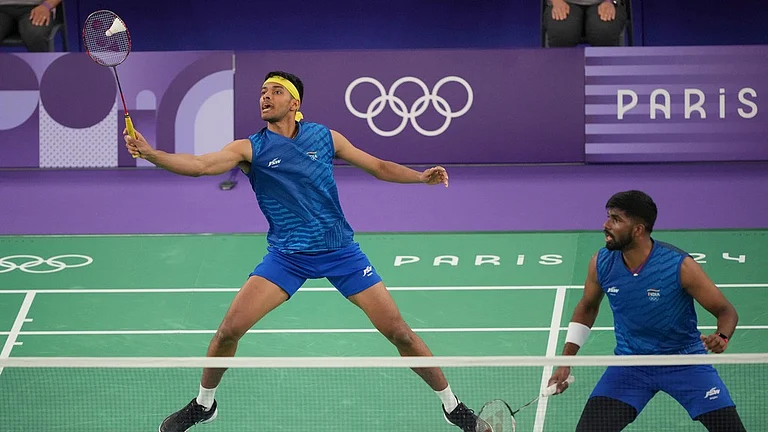On Wednesday, August 16, Chandrayaan-3, India's mission for lunar exploration, achieved a significant advancement by nearing the Moon's surface. Having concluded all the necessary maneuvers for its lunar journey, the Vikram lander of Chandrayaan-3 successfully detached from the main spacecraft on August 17.
As India's space agency carefully makes its way through each step, people all over the world are excitedly waiting for the upcoming parts of the mission. These will lead to a much-anticipated landing attempt, which is expected to bring new discoveries in science.
However, achieving a soft landing isn't easy. It involves a series of complicated moves, like braking gently at different levels. After the soft landing, a six-wheeled rover will conduct experiments on the Moon's surface for some time...
After flawlessly executing its fourth orbit-reducing action that involved both the propulsion module and the combined lander and rover components, the spacecraft achieved a vital stage in its mission. The Indian Space Research Organisation (ISRO) confirmed the successful separation of the lander module from the propulsion module.
“Thanks for the ride, mate! said the Lander Module (LM). LM is successfully separated from the Propulsion Module (PM). LM is set to descend to a slightly lower orbit upon a deboosting planned for tomorrow around 1600 Hrs., IST”, tweeted ISRO.
The upcoming stages of the Chandrayaan-3 mission consist of initiating and confirming the functionality of the instruments onboard. These instruments include three crucial scientific payloads. Additionally, the lander will carry out two consecutive orbit-reduction maneuvers. The initial maneuver will place the lander in a circular orbit situated 100x100 km above the lunar surface.
Afterwards, a more intricate maneuver will be executed to bring the lander even closer, placing it at an altitude of 100x30 km above the Moon's surface. It is from this specific orbit that the lander is scheduled to commence its final descent on August 23.
A successful Chandrayaan-3 mission will lay the foundation for India to enhance its space technology and create new possibilities for interplanetary undertakings. Comprising three essential components—a lander module, a propulsion module, and a rover—the mission incorporates novel technologies crucial for interplanetary journeys. As described by ISRO, the primary objective of the lander is to achieve a gentle landing on a designated lunar site, enabling the deployment of the rover.
As the rover navigates the lunar landscape, it will carry out crucial on-site chemical analyses of the lunar surface. Both the lander and the rover are outfitted with scientific instruments designed to carry out important experiments on the Moon. Their mission duration is synchronized with one lunar day, which is equivalent to 14 Earth days.
Following the separation of the two modules, a series of complex braking maneuvers will follow.
By Wednesday, Chandrayaan-3 has concluded its 33rd day in operation. Following its launch on July 14, the mission executed five maneuvers within Earth's vicinity from July 15 to 25. These maneuvers elevated its distance to over 1.2 lakh kilometers at the farthest Earth point. On August 1, the trans lunar injection propelled the spacecraft onto a trajectory directed towards the Moon, positioning it at an altitude of around 3.0 lakh kilometers. Subsequently, the lunar orbit insertion on August 5 placed the spacecraft into an elliptical orbit around the Moon.


























